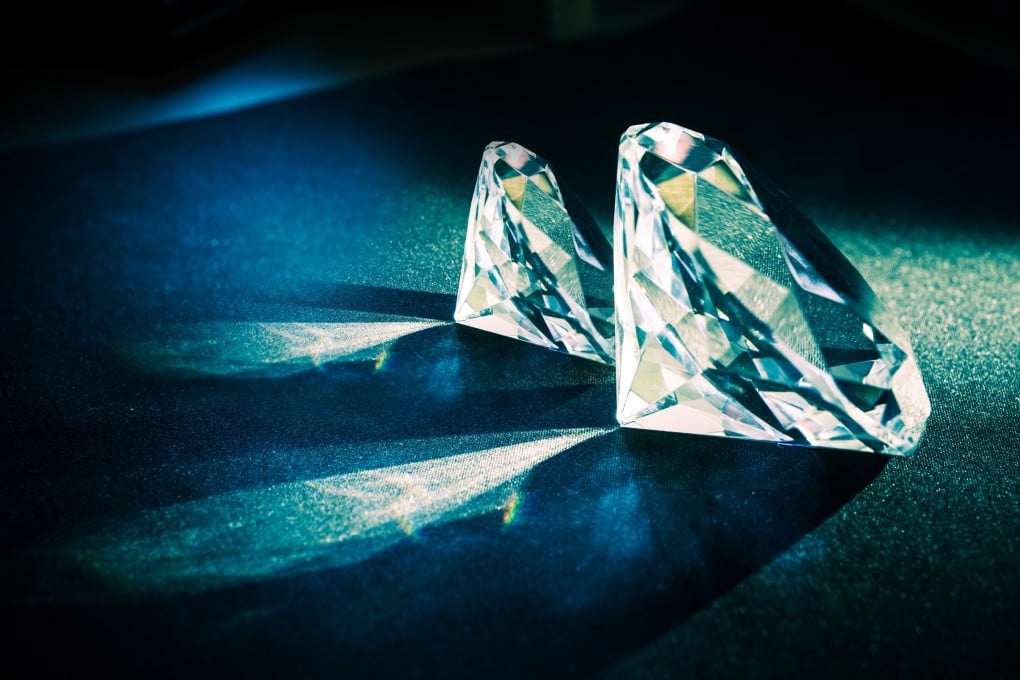Chinese scientists produce diamond with highest electrical conductivity
- Researchers have combined diamond with graphene to create a material that can handle high heat plus conduct electricity
- The new material could be used in a large range of applications including space and aircraft, and even sewage treatment

“The diamond composites, consisting of interconnected diamond nanograins and few-layer graphene units, exhibit the highest electrical conductivity ever reported and excellent hardness or toughness,” they wrote in an article published in the peer-reviewed journal Proceedings of the National Academy of Sciences of the United States of America in February.
“Our findings pave the way for realising conductive and super hard large-sized diamond materials under mild synthetic conditions, facilitating their practical utilisation in related industrial applications,” the scientists from Zhengzhou University, Henan Academy of Sciences, Ningbo University and Jilin University said.

In the study, the team developed a method to form centimetre-sized composites of diamond and graphene.
